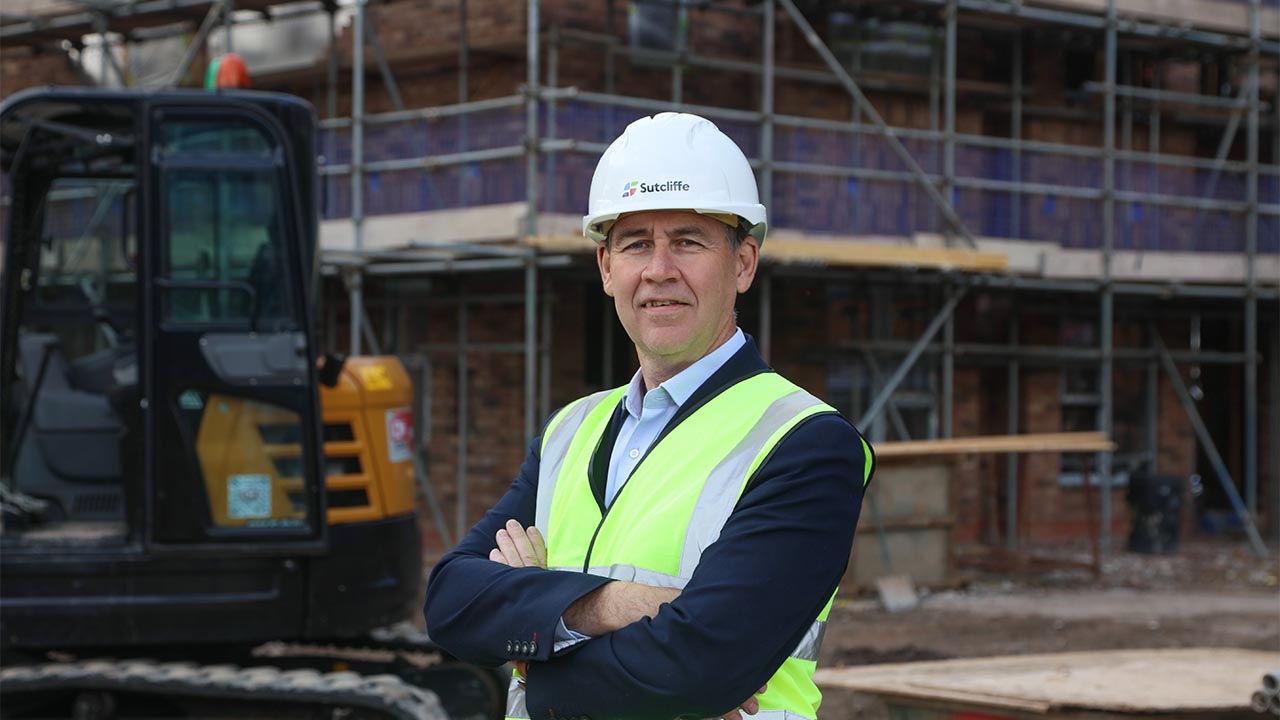Michael Gove has become the latest housing secretary to make promises in respect of building safety in the wake of the Grenfell Tower tragedy. Specifically, under an ominous banner declaring “developers must pay”, Gove promised that leaseholders will not be required to meet the costs of cladding removal. While this is a positive development, there is currently little firm detail as to how it will be achieved.
Plans
The government had previously committed to fully fund the cost of replacing unsafe cladding for all buildings of more than 18m. Gove now plans to:
- Open up the next phase of the Building Safety Fund to remove dangerous cladding from high rise buildings, prioritising the government’s £5.1 billion funding on the highest risk.
- Scrap the previously proposed loan scheme for remedial works available to leaseholders in 11-18m buildings, and provide statutory protections to them within the Building Safety Bill.
- Establish a new ‘team’ to pursue those at fault and force them to fix the unsafe buildings they built, and face commercial consequences if they refuse.
- Indemnify building assessors, and resolve issues that have arisen around building assessments by withdrawing the previous government advice that he says prompted too many buildings being declared unsafe and issuing new guidance which will allow for remediation measures such as sprinklers, rather than full scale replacement.
- Extend liability for defective construction work under the Defective Premises Act to 30 years.
Developer commitments
In terms of funding the plan, other than announcing an additional £27 million to extend the Waking Watch Relief Fund, Gove does not intend to offer up further public money.
In a letter to developers on Monday 10 January 2022, Gove set out that the industry should negotiate with him and his team to reach a settlement in respect of problems he says are caused by the industry, or they will be required to fund his £4 billion safety plan by other means.
He plans to hold roundtable discussions with 20 of the largest housebuilders and developer trade bodies, followed by ongoing negotiations with all those in scope. The commitments he seeks from developers are to:
- Agree to make financial contributions this year, and in the future, to a dedicated fund to cover the full outstanding cost to remediate unsafe cladding on 11-18m buildings, estimated currently to be £4bn.
- Fund and undertake all necessary remediation of buildings over 11m that they have played a role in developing (i.e. both 11-18m and 18m+). Any work undertaken by developers themselves on 11-18m buildings will reduce the total cost of cladding remediation that has to be paid for through the proposed 11-18m fund.
- Provide comprehensive information on all buildings over 11m which have historic fire-safety defects and which they have played a part in constructing on the last 30 years.
He asks that developers commit to work with the government to take forward all necessary remediation work at pace, prioritising the greatest risk and in all cases finding the quickest and most proportionate solution to make buildings safe.
Within his letter to developers, Gove details that he expects a public commitment to the framework by early March 2022, at which point there should be a clear, fully-funded plan of action made available to the public and affected leaseholders. Failure to do so may lead to restricted access to government funding and future procurements, the use of planning powers, the pursuit of companies through the courts and the imposition of a solution in law, if necessary.
Reception
Two particular restrictions of the plan were noted in that it only applies to England, and many elements are specific to cladding. Other safety issues that have been identified during surveys, for instance with balconies, or fire breaks, are not included in the plan.
While providing comfort to many leaseholders in untenable situations in relation to cladding remediation, and identifying many of the thorny issues around the current ‘building safety crisis’, it remains to be seen how Gove will deal with their resolution practically. There are many moving parts which have stood in the way of his predecessors reaching a resolution to date. Some of these issues may be answered by the levelling up white paper which is due to be published at the end of this month.
It is telling however that, following his announcement, developers immediately looked to involve construction product manufacturers in the roundtable discussions, and it remains unclear whether RICS will continue to resist scaling down its recommendations as to the use of EWS1 forms.
In its current form, the plan only increases the risks of involvement with certain categories of buildings, which places yet more pressure on all those involved in the construction industry. Gove’s plan should remove leaseholders from the fray, but it is clear the government must continue to work with the construction industry to fix the problems that exist. That being said, Gove did also commit to working closely with lenders and insurers over the coming months to improve market confidence.
However, concerns remain within the construction sector, including insurers, as to how developers will truly fund any contributions, with the likelihood that they will in turn look to the original project teams / supply chains, and the insurers of those entities. There remains uncertainty (in general terms and on a project specific basis) as to responsibility absent any formal judicial guidance or decisions on the key issues. The potential extension of limitation under the Defective Premises Act to 30 years is also a cause for concern, particularly where insurance cover for fire safety related claims is not now commonly available.
Finally, there remains the very real prospect that faced with an ever growing number of claims, those involved in the external façade of buildings, and with the expertise to put right defective works, will be forced to cease trading and/or be uninsured in respect of any works they undertake to remedy fire safety issues. These issues will have to be addressed with not only developers, but also the wider construction industry and its insurers if a successful framework for remedying fire safety issues in multiple occupancy buildings is to be successfully established.
In the meantime, we will continue to monitor developments and assist our clients in navigating these issues.
This article first appeared on: https://kennedyslaw.com/thought-leadership/article/developers-to-bear-the-brunt-of-building-safety-crisis/









